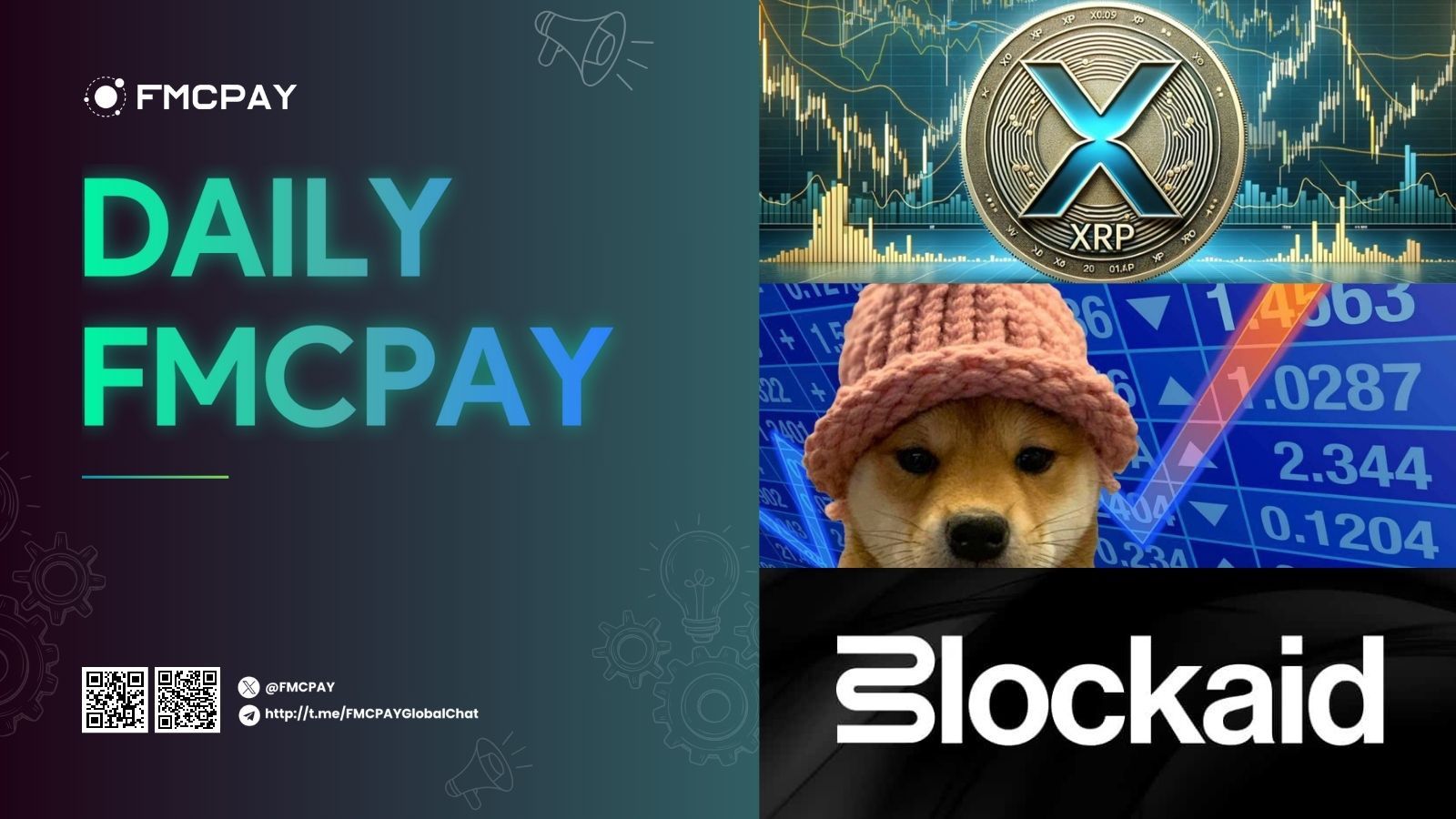Attorney Fred Rispoli downplays worries about the SEC appeal, saying that the XRP litigation won’t be decided until 2026 and that this will have less of an effect on the price of XRP.
With Ripple seeking a stay order on the $125 million penalty payment to the US SEC, the XRP litigation has taken a significant turn. Well-known lawyer Fred Rispoli said that there’s no reason to panic over the SEC appeal, which is expected to be filed by October 7. The XRP Price action going forward won’t be much influenced by the Ripple v. SEC litigation, he continued.
Don’t Fret over SEC appeal in Ripple lawsuit, says attorney
Renowned lawyer Fred Rispoli declared that worries about a possible appeal in the SEC v. Ripple case are unfounded. Even if the court grants the appeal, he said, the decision on it won’t be made until 2026, lessening its immediate effect.
According to Rispoli, the importance of an appeal has diminished as a result of the SEC’s recent litigation against exchanges and several securities claims. The lawyer went on to say that if Ripple or XRP is having problems right now, it won’t be because of the SEC appeal by itself, implying that other issues will be more important in determining the company’s future course.
To those freaking out over possible #SECvRipple appeal: Don’t. There won’t be a ruling until 2026. SEC suing exchanges and alleging multiple tokens as securities has lessened the sting dramatically. If Ripple and/or #XRP don’t make it now, it’s not because of the SEC’s case.
— Fred Rispoli (@freddyriz) September 5, 2024
Since all sides have come to a consensus on the monetary verdict, there is a greater chance that the SEC will file an appeal in the XRP lawsuit, according to Rispoli. The trust will own 111% of the monetary judgment under the new setup. Only 30 days after the appeal deadline has passed or after the appeal procedure is complete will the money be given to the SEC.
Why is XRP price not reacting to positive developments?
Attorney Bill Morgan has also discussed how the big announcements from Ripple have had little effect on the price of XRP. The price of XRP hasn’t increased despite Ripple’s announcement that the XRP Ledger (XRPL) would now support smart contracts and that RLUSD, its stablecoin linked to the US dollar, will launch in the upcoming weeks.
Morgan also questioned whether investors could realistically anticipate gains from Ripple’s efforts in light of recent developments, casting doubt on the applicability of the Howey test to XRP.
Just my observation, but neither the news that Ripple will bring smart contract capability to the XRPL nor that the RLUSD will go live in the next few weeks has impacted in any discernible way on the price of XRP. In terms of the Howey test not only would I question whether an…
— bill morgan (@Belisarius2020) September 4, 2024
On the weekly chart, the price of XRP remains close to $0.5535, indicating a 3.5% decrease despite several significant announcements. On-chain data also reveals an increase of XRP short positions, and experts project a 15% decline from the present levels in the near future.
WIF open interest jumps 16% as trader claims ‘nobody is ready’ for reversal
Since August 25, when the price of Dogwifhat has been trading below $1.90, open interest has increased, and a trader has noted the formation of a possible reversal pattern.
With Dogwifhat, a memecoin rooted in Solana, trading 66% below its all-time high in March, futures traders are increasing their stakes in the cryptocurrency as experts identify a possible turnaround trend.
According to CoinGlass statistics, since August 31, Dogwifhat Open Interest (OI), or the total amount of Dogwifhat futures contracts that have not yet been resolved or expire, has climbed by 16% to $231.48 million.
Trader claims market participants not ready for WIF reversal
According to CoinMarketCap statistics, Dogwifhat’s (WIF) price has decreased 17% since August 25 and is currently trading at $1.57. Throughout the ten-day period, it has remained below $1.90.
Some traders believe the price is about to rise back up to $2.40, a level it hasn’t touched since July 30. This is owing to the price’s stagnation.
perfect channel retest on $wif.
nobody is ready for the V reversal thats about to happenhttps://t.co/zHX9WYRMOM pic.twitter.com/zfNKDI85an
— Bluntz (@Bluntz_Capital) September 3, 2024
Dogwifhat has had $327.6 million in total trading volume since September 4. This is almost twice as much as Shiba Inu (SHIB), the second-largest memecoin by market value, which saw $160.5 million in trading volume in the same 24-hour period.
On September 4, anonymous cryptocurrency dealer zer0 stated that Dogwifhat “looks ready for its next leg up.”
“Is the hat still on?” zer0 added.
WIF kicked off the year strong but lost momentum
Since its peak on March 31 at $4.70, the asset has dropped by about 66%. Analysts had issued positive comments at that time, speculating that the asset’s price may perhaps double from its peak.
A crowdfund attempt to have a Dogwifhat mascot appear on the Las Vegas sphere was set up around the time WIF achieved price highs in March. Although about $700,000 was funded, it hasn’t happened yet, but the organizers are still optimistic that it will still happen.
Former BitMEX CEO and current Maelstrom chief investment officer Arthur Hayes stated on March 14 that “the hat stays on while I count to $10.”
Despite the positive start to the year, cryptocurrencies haven’t yet seen the anticipated rally.
According to a recent crypto expert, the altcoin season won’t play out as planned since novice traders raced to purchase the most speculative assets too quickly.
“The joke has been told, everybody knows the punchline, and they’ve just gone straight to the punchline, and it is just not funny anymore,” Glassnode lead analyst James Check opined in an Aug. 29 episode of the Rough Consensus podcast.
New wallet drainer targets growing blockchain ecosystems: Blockaid
Analysts claim that a recently developed wallet drainer has set off a wave of frauds aimed at developing blockchain ecosystems such as TRON and TON.
The Open Network and TRON (TRX), two blockchain ecosystems, appear to be under attack as a result of the recently developed AngelX wallet drainer, which is causing a major increase in cyber threats in the cryptocurrency field.

Since its first release on August 31, AngelX has quickly spread, as seen by data from blockchain cybersecurity company Blockaid, whose experts found over 300 fraudulent decentralized apps in just four days.
“This surge represents a substantial increase in malicious activity, positioning AngelX as one of the most aggressive wallet drainers in recent months.”
Blockaid
More aggressive and sophisticated than its predecessor, the new wallet drainer seems to be going after less developed blockchain networks because, according to Blockaid, hackers believe these chains are “less equipped to defend against attacks, due to a lack of robust security tools and support.”
More than 90% of AngelX dApps have avoided discovery by other significant security providers, according to Blockaid’s study, underscoring the rising difficulty facing blockchain security suppliers as malevolent actors increasingly take advantage of developing ecosystems.
Neverending attacks
When Match Systems analysts announced in the middle of July that they had successfully identified the people behind the Angel drainer, there was conjecture as to whether or not the virus had stopped functioning. Cybercriminals utilize a JavaScript-based virus called Angel Drainer to empty cryptocurrency wallets by tricking users into approving tokens through phishing schemes, which gives attackers access to the victims’ assets.
When Match Systems analysts revealed in the middle of July that they had managed to identify the individuals responsible for the Angel drainer, concerns were raised about whether the virus had stopped functioning. Blockaid estimated in February that the malware known as Angel Drainer had taken over $25 million in cryptocurrency from around 35,000 wallets. This indicated that the virus was likely responsible for “high profile drains” such as the Restake Farming assault and the Ledger Connect Kit.
Cybercriminals use a software called Angel Drainer, which is based on JavaScript, to empty cryptocurrency wallets. It functions by carrying out phishing attacks that deceive users into giving token authorization, which allows the con artists to embezzle their funds.


